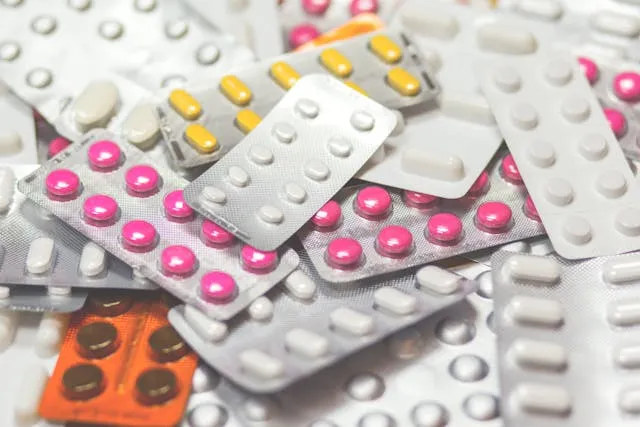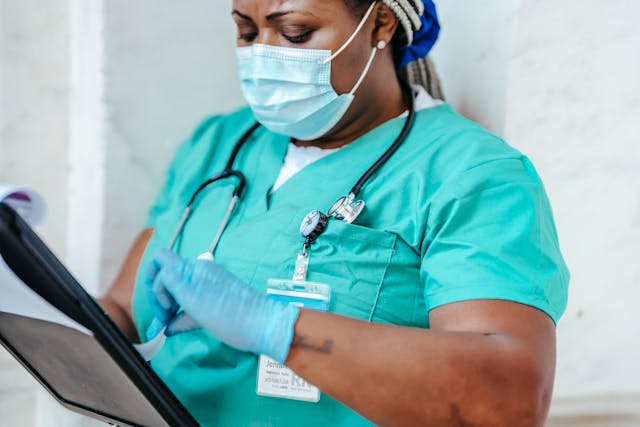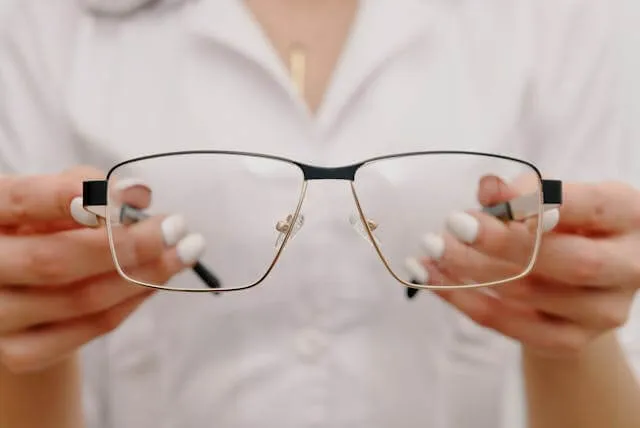What is allograft tissue?
An allograft is a tissue graft where donor tissue is transplanted from one individual to another of the same species. It is commonly used in various surgical procedures, particularly orthopedic surgery, as an essential alternative to autograft tissue. Bone graft substitutes often involve allografts, providing a vital resource of tissues when harvesting graft tissue from the patient is not feasible.
This donor tissue undergoes rigorous screening to minimize disease transmission risks and ensure safety and compatibility. In comparisons of autograft versus allograft, allografts are highlighted for their importance in expanding the availability of tissue grafts for patients in need.
Using allograft tissue offers a versatile solution for many medical conditions, especially when the patient's tissue is not an option. It avoids the complications of creating a second surgical site for additional tissue harvesting, potentially avoiding donor site morbidity and reducing recovery time and overall patient discomfort. The application of allografts in procedures like bone and skin grafts underscores their critical role in modern medical practice, providing reliable and effective treatment options for many patients.
What is autograft tissue?
An autograft is a tissue graft where tissue is harvested from one part of a patient or person's body and transplanted to another part within the same individual. This method, commonly used in orthopedic surgery, eliminates disease transmission and rejection risks since the donor tissue and recipient are the same people. Unlike allografts, autografts do not involve donor grafts from another individual, making them a preferred option for many surgical procedures.
However, the need to harvest graft tissue from the patient's body can limit its availability and may lead to additional recovery time. Despite this, autografts are often favored over allografts due to their high success rates and biocompatibility, providing a reliable and effective solution in various medical applications.
Allograft vs Autograft
In anterior cruciate ligament (ACL) reconstruction surgery, healthcare professionals often compare allograft and autograft procedures to determine the best approach for patients undergoing anterior cruciate ligament repair. The use of autografts and allografts is a key consideration in cruciate ligament reconstruction, with research suggesting that autografts offer better long-term outcomes and have a lower failure rate than allografts.
Understanding the distinctions between these two graft harvesting methods is crucial for optimizing patient outcomes and minimizing complications.
Benefits of both tissues in ACL reconstruction surgery
Choosing the appropriate graft material can significantly impact the success of a surgical procedure. Both allografts and autografts offer unique benefits tailored to specific clinical needs and patient conditions.
- Availability of tissue: Allografts from donated tissue provide a readily available supply of graft material without harvesting from the patient's body.
- Elimination of second surgical site: Autografts require tissue harvesting from another part of the patient's body, leading to a second surgical site. Allografts avoid this, potentially resulting in smoother and faster recovery.
- Reduced surgical time: Using allografts can streamline surgical procedures by eliminating the need for tissue harvesting and reducing overall surgery time and associated risks.
Risks and drawbacks of allografts and autografts
Both allografts and autografts come with certain risks and drawbacks that healthcare professionals must consider.
- Risk of disease transmission: Allografts involve using donated tissue, which carries a risk of disease transmission despite rigorous screening and sterilization processes.
- Potential for graft rejection: The body's immune response may reject allograft tissue, leading to graft failure and increased complications.
- Additional recovery for autografts: Autografts require a second surgical site for tissue harvesting, which can lead to increased pain, longer recovery times, and complications at the donor site.
In clinical practice, choosing between full-bone allografts and autografts requires careful consideration of these factors to guide evidence-based decision-making.
Importance of learning the difference
Understanding allograft versus autograft procedures is essential for healthcare professionals to make informed decisions that optimize patient care. Each tissue graft type has advantages and potential risks, which can significantly impact surgical outcomes. This knowledge helps select the most appropriate treatment options for various clinical scenarios.
Informed decision-making
Knowing the differences between autograft and allograft allows orthopedic surgeons specializing in orthopedic surgery to make informed decisions about which type of graft to use based on their patient's specific needs and conditions. This includes evaluating the pros and cons of using autograft tissue from the patient's tissue or body versus selecting allograft tissue from a donor graft.
Optimizing patient outcomes
Selecting the appropriate graft material can lead to smoother recovery and better surgical outcomes. For example, autografts can result in faster recovery and lower failure rates due to the body's acceptance of its tissue. In contrast, allografts provide a readily available source of donor tissue, eliminating the need for a second surgical site.
Managing potential risks
Understanding the potential risks associated with allograft and autograft procedures helps minimize complications. Allograft tissue, while readily available, carries a possible risk of disease transmission and immune rejection. In contrast, autograft involves higher risk benefits due to the need for a second surgical site.
Tailoring treatment options
Healthcare professionals can better tailor treatment options by understanding the specific advantages of autograft and allograft procedures. Autograft pros include biocompatibility and lower failure rates, while allografts offer convenience and reduced surgical time, making them suitable for different clinical situations.
Key takeaways
Understanding the differences between allografts and autografts is crucial for healthcare professionals aiming to optimize patient outcomes in various surgical procedures. Here are the main points:
- Allografts use donor tissue from another individual, offering a readily available supply without additional surgical sites.
- Autografts involve harvesting tissue from the patient's body, eliminating disease transmission and immune rejection risks, but they require an additional surgical procedure.
- Autografts typically have lower rejection rates but lead to increased pain and recovery time due to the second surgical site.
- Allografts avoid needing a second surgical site, potentially reducing patient discomfort and recovery time. However, they carry risks of disease transmission and immune response.
- Clinical decision-making should be guided by a thorough evaluation of patient-specific factors, the surgical context, and the latest clinical evidence.
By carefully considering the autograft vs allograft factors, healthcare providers can enhance treatment effectiveness, minimize complications, and improve patient recovery times. Ensuring the best outcomes requires staying informed and making evidence-based decisions tailored to each patient's needs.
Why use Carepatron as your medical testing software?
Carepatron is an exceptional medical testing software offering comprehensive practice management solutions that streamline various aspects of healthcare operations. With its intuitive interface and robust features, Carepatron enables healthcare professionals to manage patient records efficiently, schedule appointments, conduct medical tests, and analyze results in one platform.
This integration enhances the accuracy and reliability of medical testing and improves overall practice management, leading to better patient outcomes and a more organized workflow. Whether you need to track patient progress or manage administrative tasks, Carepatron's medical testing software is designed to meet the demands of modern healthcare practices.
Transform your healthcare practice with Carepatron's advanced medical testing software and practice management solutions. Sign up today and experience the benefits of streamlined operations and improved patient care!









.jpg)

.jpg)



.webp)


.webp)
















